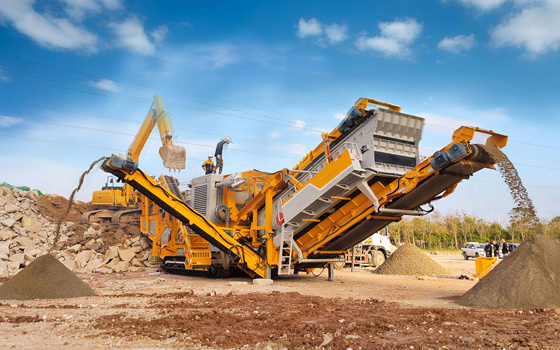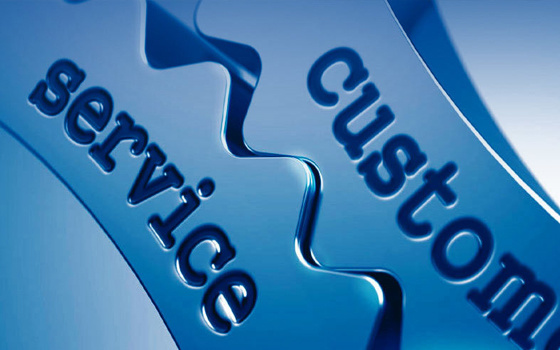Maximize Efficiency with Quality Ball Mill Liners
Release Time:
2025-07-09
Author:
Source:
Maximize Efficiency with Quality Ball Mill Liners Introduction to Ball Mill Liners Ball mill liners play a crucial role in the operation of ball mills, which are fundamental in various manufacturing processes, particularly in the mining and mineral processing industries. These liners ensure that the grinding media inside the mill operates efficiently while protecting the mill’s structure from wear
Maximize Efficiency with Quality Ball Mill Liners
Introduction to Ball Mill Liners
Ball mill liners play a crucial role in the operation of ball mills, which are fundamental in various manufacturing processes, particularly in the mining and mineral processing industries. These liners ensure that the grinding media inside the mill operates efficiently while protecting the mill’s structure from wear and tear. Understanding the importance of quality ball mill liners can lead to improved operational efficiency, reduced costs, and extended equipment life.
Understanding the Functionality of Ball Mill Liners
The primary purpose of ball mill liners is to provide a surface for the grinding media to act upon. They not only protect the mill shell from impact and abrasion but also serve to aid in the efficient movement of the grinding load. The design and material of the liners directly influence the effectiveness of the grinding process.
The Importance of Quality Liners
Utilizing high-quality liners is essential for maximizing the performance of your ball mill. Quality liners help to:
- **Minimize wear and tear:** They sustain less damage, leading to reduced maintenance costs.
- **Enhance efficiency:** Properly designed liners can improve the flow of materials and the grinding process.
- **Extend lifespan:** Quality materials resist degradation, prolonging the overall life of the mill.
Types of Ball Mill Liners
There are several types of ball mill liners, each designed for specific applications and materials. Recognizing the distinct characteristics of these liners will help in choosing the right one for your operations.
1. High-Carbon Steel Liners
High-carbon steel liners are among the most durable options available. They withstand heavy wear and are typically used in high-impact environments. Their toughness provides excellent protection for the mill shell, making them suitable for high-load applications.
2. Rubber Liners
Rubber liners are known for their excellent noise absorption and lighter weight, which reduces the energy consumed during operation. They are often used in smaller mills or for softer materials, where the risk of severe wear is lower.
3. Composite Liners
Composite liners combine the benefits of metal and rubber. These liners are designed to optimize performance by utilizing metal where strength is needed and rubber in less critical areas to reduce weight and noise.
4. Ceramic Liners
Ceramic liners offer superior wear resistance and are ideal for processing materials that are abrasive. Although they are more brittle than other types, they can significantly enhance the performance of a ball mill when used correctly.
Choosing the Right Material for Your Ball Mill Liners
Selecting the right material for your ball mill liners greatly impacts efficiency and lifespan. Consider the following factors when making your choice:
1. Material Characteristics
Evaluate the hardness, wear resistance, and impact strength of the liners. The material should have high toughness to withstand the grinding environment while maintaining structural integrity.
2. Mill Operating Conditions
The specific conditions under which your mill operates will influence the type of liner you should choose. Factors such as temperature, moisture levels, and the nature of the material being processed can all affect liner performance.
3. Type of Material Being Ground
Different materials exhibit distinct wear characteristics. If you are processing abrasive materials, opting for high-wear resistant liners will be crucial.
Impact of Liner Design on Performance
Liner design is as important as the material. The shape, height, and configuration can dramatically affect how materials flow through the mill and how efficiently grinding occurs.
1. Profile and Height of Liners
The profile of the liner affects the lifting and dropping of the grinding media. A well-designed profile will facilitate better movement of the media, leading to increased grinding efficiency.
2. Liner Thickness
Thicker liners tend to offer more protection but can also increase the weight load in the mill, impacting energy consumption. Striking a balance between thickness and performance is crucial.
Maintenance Tips for Ball Mill Liners
Regular maintenance is vital for ensuring long-lasting performance from your ball mill liners. Here are some best practices to follow:
1. Regular Inspections
Conducting periodic inspections will help identify wear patterns and any potential failures. Early detection can prevent unexpected downtime and costly repairs.
2. Proper Lubrication
Ensuring adequate lubrication in the mill can reduce friction and wear on both liners and grinding media, extending liner life.
3. Monitoring Operating Conditions
Keep an eye on temperature and load conditions. Operating outside recommended parameters can lead to premature liner wear.
Cost-Benefit Analysis of High-Quality Liners
Investing in high-quality ball mill liners may have a higher initial cost, but the long-term benefits can be substantial. Here’s a breakdown of the potential savings and efficiencies:
1. Reduced Maintenance Costs
Quality liners tend to wear less quickly, which means less frequent replacements and lower labor costs for maintenance.
2. Improved Energy Efficiency
Well-designed liners can enhance the overall efficiency of the grinding process, leading to lower energy consumption and reduced operational costs.
3. Longer Equipment Life
The more durable the liner, the longer the mill’s overall lifespan, resulting in a better return on investment.
Conclusion
Investing in quality ball mill liners is a strategic decision that can yield significant benefits in operational efficiency, cost-effectiveness, and equipment longevity. By understanding the types, materials, and maintenance of ball mill liners, you can make informed choices that enhance your manufacturing processes. Prioritize quality in your liner selection, and you will likely see improvements in both productivity and profitability.
FAQs
1. What are ball mill liners made of?
Ball mill liners can be made from various materials, including high-carbon steel, rubber, composite materials, and ceramics, each offering distinct advantages based on the application.
2. How often should ball mill liners be replaced?
The replacement frequency of ball mill liners varies based on wear conditions, material being processed, and operating temperatures. Regular inspections can provide insights into when replacement is necessary.
3. Can rubber liners be used for all types of materials?
While rubber liners are favored for their noise reduction and lighter weight, they may not be suitable for extremely abrasive materials where metal or ceramic liners might be more effective.
4. What is the role of liner thickness in performance?
Liner thickness can influence the protection offered to the mill shell and impact grinding efficiency. Thicker liners may provide better protection but can increase the overall weight load.
5. How can I enhance the lifespan of my ball mill liners?
Enhancing the lifespan of ball mill liners can be achieved through regular maintenance, proper lubrication, monitoring operating conditions, and selecting the right materials and designs for your specific application.
Keywords:
Jaw crusher parts | Shredder parts | Cone crusher Parts | Ball mill parts
Related News
Business License









